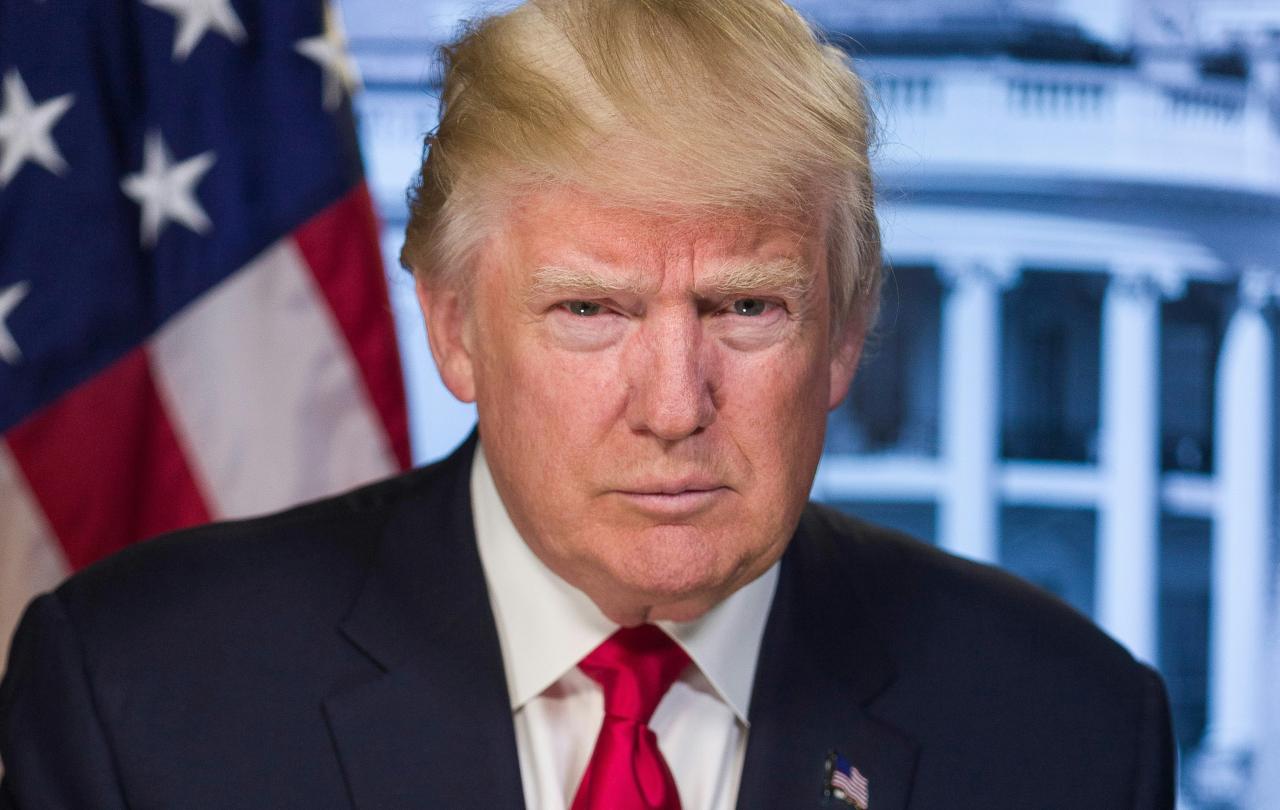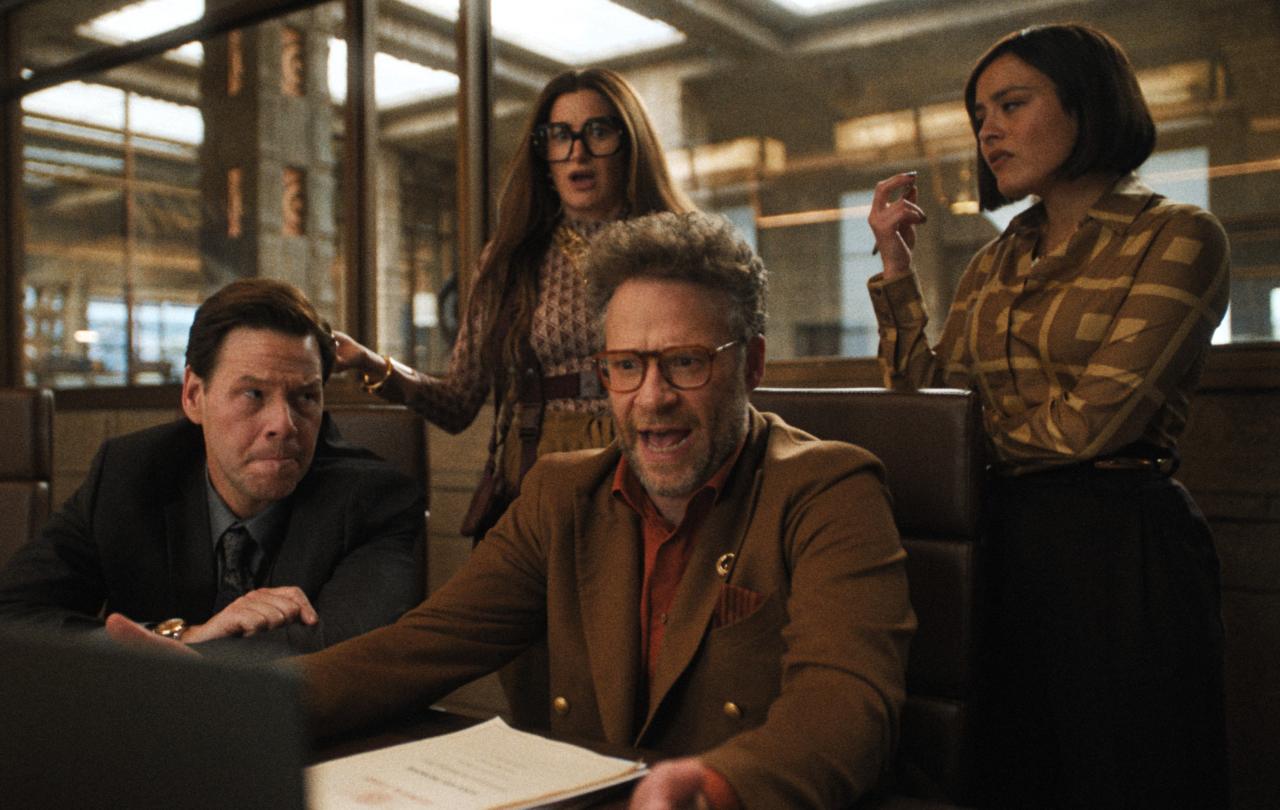
Inauguration Day. Donald Trump again makes an oath to defend and uphold, as best he can, the Constitution of the United States. It has always been a fairly swift-moving bit of public pomp - swift compared to coronations at any rate, which typically take hours just to put a crown on a royal head. The Presidential inauguration can take as little as six minutes, and viewers get more bang for their buck: the President is confirmed not only as the head of the ruling government, but the representational head of state too.
It’s all a good lesson in the ‘separation of Church and State’ some will opine. Forget the medieval-sounding solemnities and pageantry, and Archbishops intoning things over altars. Here, a man in a suit enters a civic covenant with the people who have democratically elected him. Before President Jackson’s escort was swamped by 20,000 spectators in 1829 and security protocol had to cordon off spectators, the first inaugurations had a humble, almost mundane aspect: the new president would go about to shake hands with citizens who had popped along to see the ceremony, and to wish the new guy “good luck”. Sources show that Abraham Lincoln shook over 5,000 hands when he was inaugurated for a second time in 1865.
But such well-worn narratives - of humankind progressing from strange, religious druidry to sane, reasonable democracy - are looking creakier than ever, in 2025. Such views were all the rage in the 20th century. But the West is having a fundamental rethink about what exactly it would mean for humans to ‘de-anchor’ themselves from a religious way of being. We have learnt by now - the hard way - that we merely swap one form of worship for another in supposedly ‘irreligious’ societies.
In the first place, the ‘separation of church and state’ history is not as simple as all that. While it’s true that the First Amendment of the U.S. Constitution did not establish a church on the national level, as in England, there were plenty established at the state level just fine. Connecticut was Congregationalist until as late as 1818 - residents paid taxes to, and were educated by, the church. There was nothing in the law to prevent it.
But it is the inauguration itself which reveals that religious instincts cannot be extracted so easily from human affairs. For George Washington, the first President to be inaugurated back in New York City in 1779, the rather last-minute idea was that he should swear on a Bible. None being found to hand, they borrowed one - from a nearby Masonic Lodge. It was fitting. The Founding Fathers certainly tweaked and trimmed the traditional religions they were raised in - but they could not dispense with them. Even the word, ‘inaugurate’, is snagged on a religious root. ‘Augury’ was the practice of discerning the will of the Gods in Ancient Roman political cult.
Christian imagery and sentiment has, over time, returned to irrigate the dry, rationalistic plains of U.S. civic ceremonial. Certainly the likes of Washington and Jefferson saw their country under the auspices of a Supreme Being, just not necessarily aligned with one of the world’s faiths. But for the George Bush inauguration of 1989, the evangelical tone was explicit. Billy Graham began things with an invocation, and the new President ordered a national day of prayer to follow, in thanksgiving for a successful transfer of power. There will be quite an obvious development of this during Trump’s 2025 inauguration, when Franklin Graham, the son of the famed evangelist, will lead the invocation prayer alongside Catholic Cardinal Timothy Dolan.
There is, perhaps, no getting around the human need to call on something larger than ourselves in our most meaningful moments - when we pledge to love someone for the rest of our lives, or swear our commitment to rule justly. The inauguration has been a good indicator of this, in the way that it has increasingly reached for an older, outright Christian language in which to express the profoundest longings and ambitions of a nation. God, it turns out, never quite leaves the frame.





